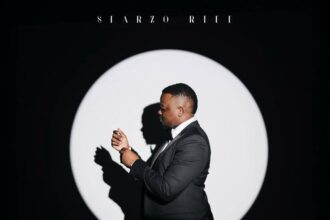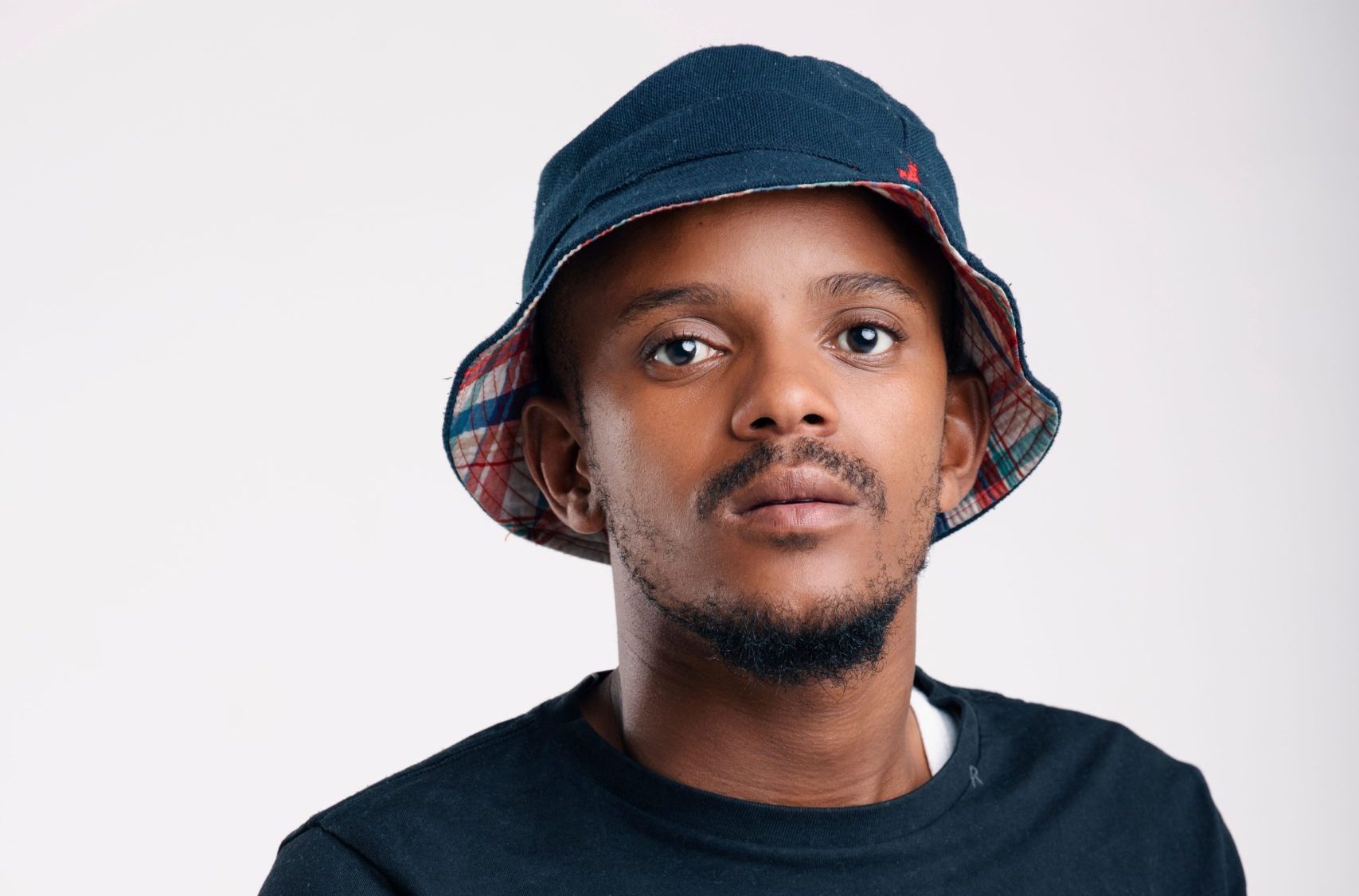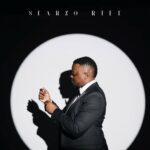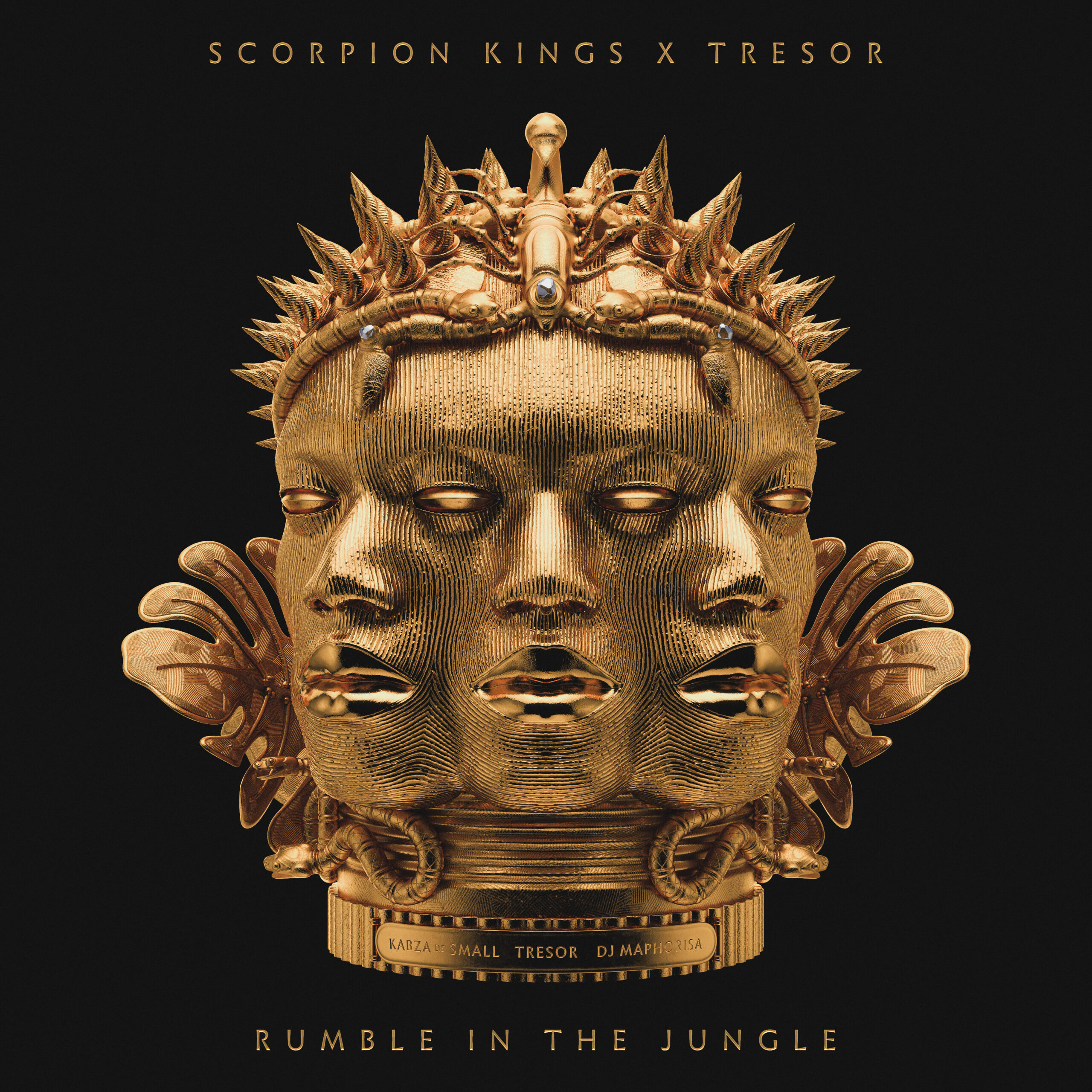How Kwaito Music Influenced Amapiano Genre. Amapiano has undoubtedly taken over the streets, clubs, charts, radio, television and everywhere else. While the debatable birthplace of the genre often points to townships in Johannesburg, many enthusiasts argue and rather mention those of Pretoria. As the genre continues to strive for broad mainstream prominence, more artists including veteran ones and producers are tapping into and incorporating amapiano elements into their music.
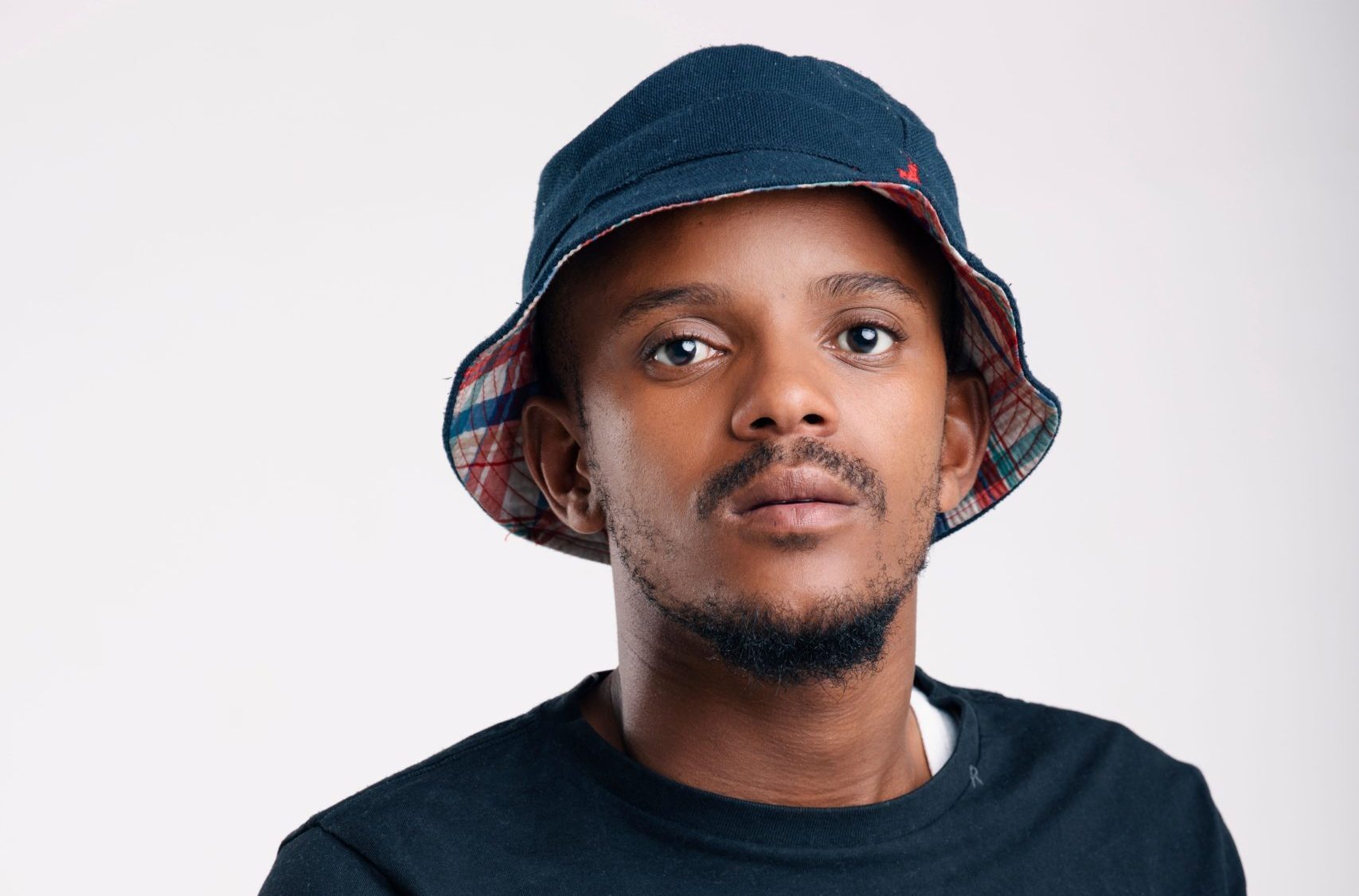
The relationship between kwaito and amapiano is obvious to anyone aware of the latter genre. Amapiano vocalists often borrow lyrics and cadences from kwaito, while the producers make use of kwaito basslines and rhythms. Many artists such as Reece Madlisa, Zuma, Njelic, De Mthuda and others share happily and willingly about the influence kwaito has had on them. Self-professed “king of amapiano”, Kabza De Small even once tweeted, “kwaito music is the foundation of amapiano.
When amapiano started, the songs were purely instrumental. But for the subgenre to break through into the mainstream, lyrics needed to be added. In fact, it was amapiano emcees and pioneers who started adding chants to their beats, and later vocalists became a permanent fixture on the songs. Amapiano artists always emphasise that amapiano isn’t just a genre of music, but also a lifestyle.
Just like other genres, amapiano has its own subgenres and is currently being adopted by artists and producers from different parts of the continent and the world — from Davido to DJ Tunez, Masterkraft, Rexxie, Kddo (formerly Kiddominant), Mayorkun, Niniola, Harmonize, Phyno, Falz and numerous others.




